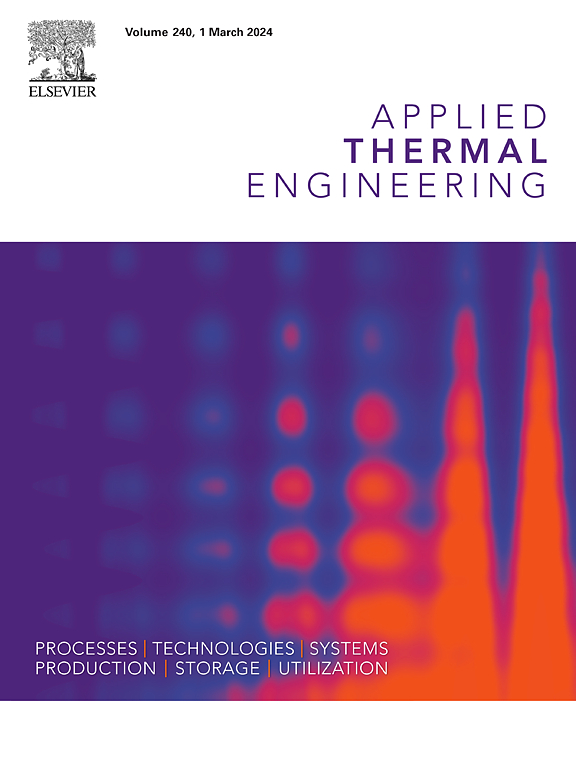Energy management strategy of flywheel hybrid electric vehicle based on driving condition recognition
IF 6.1
2区 工程技术
Q2 ENERGY & FUELS
引用次数: 0
Abstract
Flywheel hybrid electric vehicles (FHEVs) have shown great advantages in energy saving and emission reduction. For the further improvement of fuel economy and emission performance, a hybrid energy management strategy (EMS) coupled with learning vector quantization (LVQ) driving condition recognition, dynamic programming (DP) algorithm, and logic threshold control, referred to LVQ-DP rule EMS is proposed. First of all, a LVQ neural network is formulated to identify driving conditions. Then, the setting of the rule thresholds and the torque distribution of each power component is discussed using the DP optimization control results, and the control rules are established, the simulation is carried out under CLTC-C condition with the LVQ driving condition recognition. The results showed that the approximate DP minimum fuel consumption can be obtained under the LVQ-DP rule EMS. Besides, compared with the rule-based EMS, the fuel consumption and the total CO2 emission of the FHEV can be reduced by 8.29 % and 5.64 %, while the emissions of CO, HC, and NOX are decreased by 22.69 %, 25.18 %, and 25.67 %, respectively. The average thermal efficiency of the internal combustion engine is increased by 7.42 %, and the average efficiency of the motor/generator is increased by 4.46 %. In addition, the average energy storage of the energy storage flywheel (FW) is increased by 54.68 %, and the braking energy recovery is also improved by higher FW speed.
基于驾驶状态识别的飞轮混合动力汽车能量管理策略
飞轮混合动力汽车在节能减排方面显示出巨大的优势。为了进一步提高汽车的燃油经济性和排放性能,提出了一种结合学习向量量化(LVQ)驾驶状态识别、动态规划(DP)算法和逻辑阈值控制的混合能量管理策略(EMS),称为LVQ-DP规则EMS。首先,构建LVQ神经网络进行驾驶工况识别。然后,利用DP优化控制结果对规则阈值的设置和各功率分量转矩分布进行了讨论,建立了控制规则,并在CLTC-C工况下进行了仿真,并结合LVQ驱动工况识别进行了仿真。结果表明,在LVQ-DP规则EMS下,可以得到近似的DP最小油耗。此外,与基于规则的EMS相比,FHEV的燃油消耗量和总CO2排放量分别降低了8.29%和5.64%,CO、HC和NOX排放量分别降低了22.69%、25.18%和25.67%。内燃机的平均热效率提高了7.42%,电机/发电机的平均效率提高了4.46%。此外,储能飞轮(FW)的平均蓄能提高了54.68%,更高的FW速度也提高了制动能量回收。
本文章由计算机程序翻译,如有差异,请以英文原文为准。
求助全文
约1分钟内获得全文
求助全文
来源期刊

Applied Thermal Engineering
工程技术-工程:机械
CiteScore
11.30
自引率
15.60%
发文量
1474
审稿时长
57 days
期刊介绍:
Applied Thermal Engineering disseminates novel research related to the design, development and demonstration of components, devices, equipment, technologies and systems involving thermal processes for the production, storage, utilization and conservation of energy, with a focus on engineering application.
The journal publishes high-quality and high-impact Original Research Articles, Review Articles, Short Communications and Letters to the Editor on cutting-edge innovations in research, and recent advances or issues of interest to the thermal engineering community.
 求助内容:
求助内容: 应助结果提醒方式:
应助结果提醒方式:


